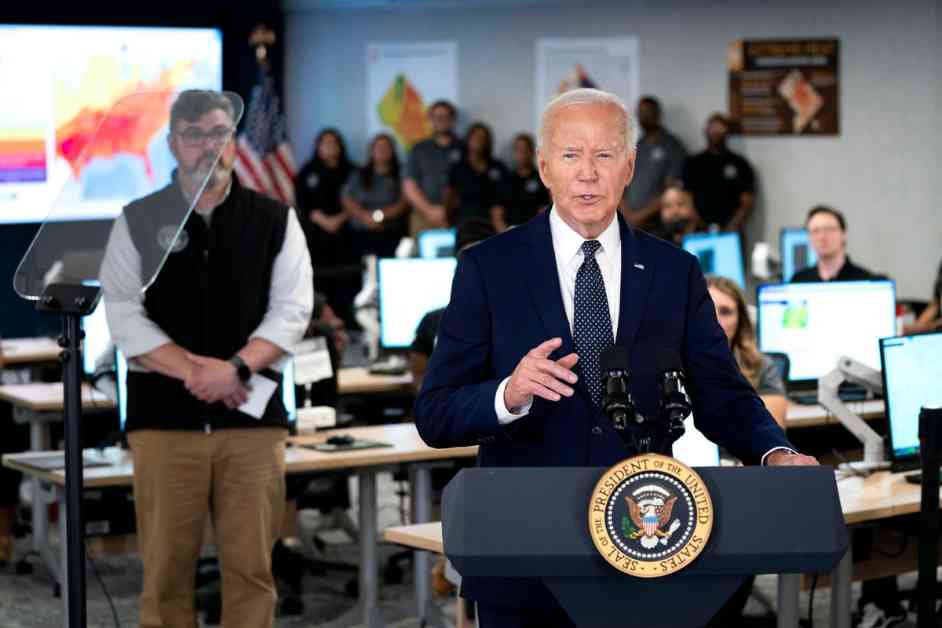President Joe Biden recently announced the nation’s first-ever proposal to protect workers from extreme heat, emphasizing the importance of such measures in preventing heat-related illnesses and fatalities. However, the draft rule unveiled this month is hindered by a decades-old loophole that leaves approximately 7.9 million public employees without coverage under the Occupational Safety and Health Administration (OSHA).
The loophole, which dates back to a 1972 law that granted OSHA authority over private companies but not public employers like states, counties, or cities, has significant implications beyond the heat protection rule. It affects a wide range of federal safety regulations, from handling hazardous chemicals to preventing workplace accidents. This disparity means that public-sector workers in 23 states are not afforded the same protections as their private-sector counterparts, leading to higher rates of workplace injuries in the public sector.
While the reasons behind Congress excluding public workers from OSHA protections in 1972 are not entirely clear, experts suggest it may have been related to constitutional concerns or reluctance to dictate labor practices to states and local governments. Despite the potential benefits of extending OSHA protections to public workers, only about half of the states have chosen to do so.
Efforts to address this gap in protection have been met with resistance from municipalities, citing concerns about the costs associated with implementing safety regulations. In states like Pennsylvania, debates are ongoing regarding the extension of OSHA protections to public employees, highlighting the challenges associated with ensuring workplace safety for all workers.
The tragic consequences of the lack of OSHA protections were evident in a 2006 incident in Florida, where two public workers lost their lives in a workplace accident that could have been prevented with proper safety measures. Despite recommendations to adopt federal safety standards for public employees, many states have yet to take action, leaving workers vulnerable to preventable hazards.
In light of the ongoing disparities in workplace safety regulations, advocacy groups and unions have played a crucial role in pushing for protections for public workers. From raising awareness about unsafe conditions to negotiating for safety provisions in collective bargaining agreements, these efforts are essential in safeguarding the well-being of workers in the absence of comprehensive federal regulations.
As the debate over extending OSHA protections to public employees continues, it is clear that addressing this longstanding loophole is crucial in ensuring the safety and welfare of all workers. By closing this gap in coverage, policymakers can take significant strides towards reducing workplace injuries and fatalities, ultimately creating a safer and healthier work environment for millions of public employees across the country.






